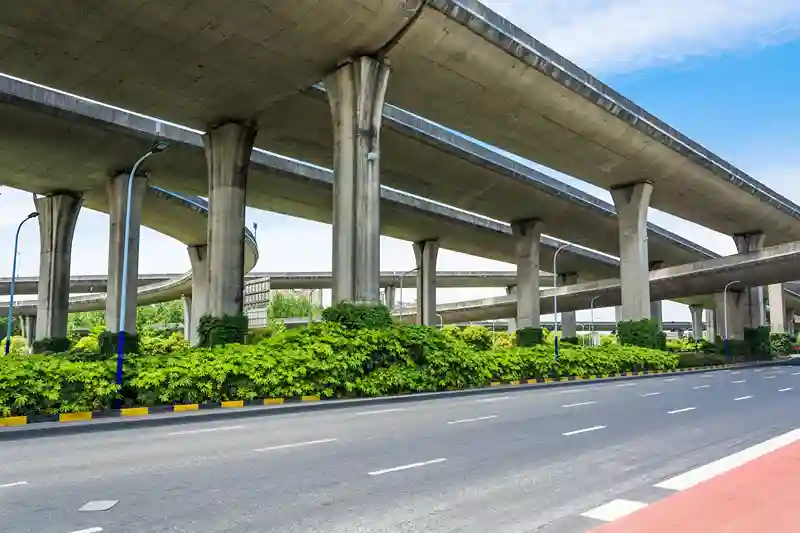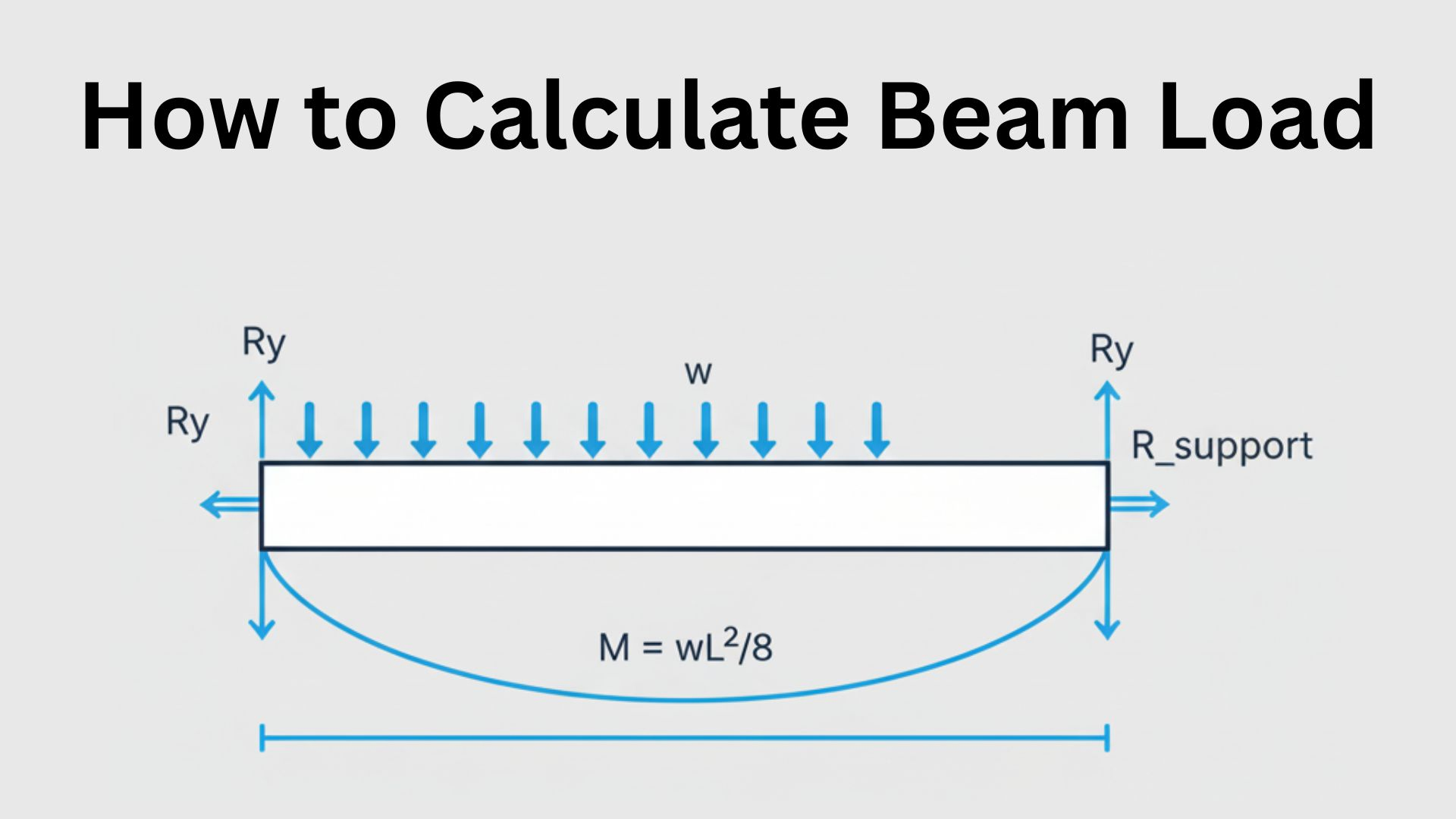In the world of construction, the foundation is the bedrock upon which every structure stands. It is the crucial element that ensures stability, safety, and longevity of buildings.
Foundation types in construction play a vital role in supporting the entire load of a structure and transmitting it to the underlying soil.
Understanding the various foundation types and their importance is essential for architects, engineers, and contractors to design and construct buildings that can withstand the test of time.
This blog post aims to provide an in-depth overview of pier foundations types.
We will explore what pier foundations are, their different types, advantages, disadvantages, and how to select the right one for your project.
Let’s dive into the world of foundation engineering and learn more about this crucial aspect of construction.
What Is a Pier Foundation?
Definition of Pier Foundation
A pier foundation, also known as a columnar foundation, is a type of deep foundation system that consists of vertical columns (piers) embedded into the ground to support the structure above.
These piers are strategically placed at various points under the building, and they transfer the load from the structure to the load-bearing strata below the surface.
Unlike traditional shallow foundations that distribute the load across a larger area, pier foundations concentrate the load on individual piers.

Purpose and Scenarios Where Pier Foundations Are Used
Pier foundations are commonly used in situations where the soil conditions at the construction site are not suitable for shallow foundations.
They are particularly effective in areas with expansive soils, soft soils, or high-water tables.
Additionally, pier foundations are often employed in regions prone to earthquakes, as they offer enhanced stability and can be designed to withstand lateral forces.
Moreover, pier foundations are an ideal choice for projects requiring heavy vertical loads, such as industrial facilities, bridges, high-rise buildings, and large-scale structures.
Comparison with Other Types of Foundations
Pier Foundations vs. Slab Foundations
Pier foundations differ significantly from slab foundations, which are shallow and spread the load across the entire footprint of the building. While slab foundations are more cost-effective for smaller structures and well-compacted soils, they may not be suitable for projects with unstable soil conditions or heavy loads. Pier foundations, on the other hand, provide a stable and robust solution for challenging soil conditions and high-load requirements.
Pier Foundations vs. Pile Foundations
Pile foundations are another type of deep foundation that uses long, slender columns driven into the ground. Pile foundations and pier foundations share similarities in their deep foundation approach. However, while piles are usually driven into the ground using impact or vibration, piers are typically installed by drilling or excavation. The choice between pier and pile foundations depends on the specific soil conditions and load requirements of the project.
Pier Foundations vs. Strip Foundations
Strip foundations, also known as spread footings, are a type of shallow foundation that extends in a continuous strip along the perimeter of the building. This foundation type is more suitable for smaller structures with even loads distributed along the walls. In contrast, pier foundations are preferred when specific load points require more focused support and when dealing with challenging soil conditions.
Also Read – Cinder Blocks: Uses, Advantages, Maintenace, DIY Ideas
Types of Pier Foundations
Concrete Pier Foundation
Concrete pier foundations are one of the most common types of pier foundations used in construction.
They involve the use of precast or poured concrete columns as the supporting elements.
Concrete pier foundations are suitable for a wide range of projects, from residential houses to commercial buildings.
The versatility and durability of concrete make it an excellent choice for various soil conditions and load requirements.
Steel Pier Foundation
Steel pier foundations utilize steel columns as the supporting elements. These steel columns are often driven into the ground, providing exceptional strength and stability. Steel pier foundations are commonly used in areas with corrosive soil conditions or regions prone to termite infestations. They are also favored for projects requiring rapid installation and where minimal soil disturbance is desired.
Helical Pier Foundation
Helical pier foundations, also known as screw piles, consist of helical-shaped plates welded to a central steel shaft. These helical plates act like screws, allowing the pier to be easily screwed into the ground. Helical pier foundations are highly effective in areas with unstable soil, as they provide excellent resistance against lateral movements and uplift forces. They are commonly used for light structures, such as decks, porches, and smaller residential buildings.
Drilled Pier Foundation
Drilled pier foundations involve the process of drilling deep holes into the ground and filling them with concrete or grout. These piers offer a high load-carrying capacity and are suitable for various soil conditions. Drilled pier foundations are commonly used for mid-rise and high-rise buildings, bridges, and industrial facilities where heavy loads need to be supported.
Point-Bearing and Friction Pier Foundation
Point-bearing and friction pier foundations combine elements of both shallow and deep foundations. The portion of the pier in contact with the soil transfers the load by bearing on the underlying strata (point-bearing), while the remaining portion resists the load through friction along its sides (friction). This type of foundation is well-suited for projects requiring a balance between cost-effectiveness and load-bearing capacity.
Advantages of Using Pier Foundations
A. Stability in Different Soil Conditions
One of the primary advantages of pier foundations is their ability to provide stability in various soil conditions. Whether dealing with expansive soils, soft soils, or uneven terrains, pier foundations can be designed to accommodate these challenges and ensure the structural integrity of the building.
B. Flexibility and Adaptability in Construction
Pier foundations offer greater flexibility in design and construction. Since the load is concentrated on individual piers, it becomes easier to adapt the foundation layout to fit the building’s specific needs. This flexibility is particularly valuable in projects where the ground conditions vary across the construction site.
C. Cost-Effectiveness and Time-Saving Benefits
While pier foundations might require more engineering and material costs than some shallow foundation types, they often prove to be cost-effective in challenging soil conditions. Additionally, the ease of installation and the ability to work in adverse weather conditions can result in time-saving benefits during the construction process.
D. Ease of Repair and Modification
In case of any foundation settlement or structural changes, pier foundations offer ease of repair and modification. Individual piers can be adjusted or replaced without major disruptions to the entire structure. This adaptability is advantageous for structures expected to undergo future modifications or additions.
Disadvantages of Using Pier Foundations
A. Load-Bearing Limitations
While pier foundations are effective in supporting heavy vertical loads, they might have limitations when it comes to lateral loads. Additional reinforcement measures may be required to ensure the building’s stability against wind, seismic activity, or other lateral forces.
B. Vulnerability to Corrosion in Specific Environments
In some environments, especially those with high moisture content or exposure to corrosive substances, certain pier foundation materials, such as steel, might be susceptible to corrosion. Proper protective coatings or alternative materials should be considered to mitigate this risk.
C. Potential for Differential Settlement
Differential settlement occurs when different parts of the foundation settle at different rates
, leading to uneven settling of the structure. While proper design and construction practices can minimize this risk, it is essential to consider potential differential settlement in areas with varying soil conditions.
D. Expertise Requirements for Installation and Design
Pier foundations require specialized engineering and installation expertise to ensure they are correctly designed and constructed. Engaging experienced professionals for the design and installation of pier foundations is crucial to avoid potential issues and ensure the foundation’s long-term performance.
Selecting the Right Pier Foundation for Your Project
A. Soil Evaluation and Load Requirements
The first step in selecting the right pier foundation is to conduct a thorough soil evaluation at the construction site. Soil tests will provide critical information about the soil type, bearing capacity, and potential challenges.
Additionally, understanding the load requirements of the structure is essential for designing a pier foundation that can adequately support the anticipated loads.
B. Collaboration with Engineers and Contractors
Choosing the appropriate pier foundation involves collaboration between architects, engineers, and contractors. Experienced geotechnical engineers can help analyze the soil data and recommend the most suitable pier foundation type and configuration for the project.
C. Site Suitability and Permits
Before proceeding with the construction of a pier foundation, it is essential to ensure that the site is suitable for this type of foundation and complies with local building codes and regulations. Obtaining the necessary permits is crucial to avoiding any legal or construction-related complications.
Conclusion
In conclusion, understanding foundation types in construction is paramount for ensuring the stability and durability of any building. Pier foundations offer a reliable and versatile solution for projects facing challenging soil conditions or requiring heavy vertical loads.
Concrete, steel, helical, drilled, and point-bearing/friction pier foundations each have their advantages and best-use scenarios. Properly evaluating the soil conditions, collaborating with experts, and obtaining necessary permits are crucial steps in selecting the right pier foundation for a construction project.
While pier foundations provide numerous advantages such as stability, adaptability, and ease of repair, they also come with certain disadvantages, including load-bearing limitations and potential vulnerability to corrosion.
By carefully considering the factors mentioned in this article, architects, engineers, and contractors can make informed decisions and select the most appropriate pier foundation for their construction projects. Investing in the right foundation type is a crucial step toward ensuring the long-term success and safety of any building.
FAQ’s
Q1. What is a pier foundation?
A pier foundation is a deep foundation system comprising vertical columns (piers) that support a building’s load and transfer it to the underlying soil.
Q2. Where is a pier foundation used?
Pier foundations are used in areas with challenging soil conditions or for projects requiring heavy vertical loads, such as high-rise buildings and bridges.
Q3. What is the difference between pile and pier foundation?
Both are deep foundations, but piles are driven into the ground, while piers are drilled or excavated. Piles are slender, whereas piers are larger and more concentrated.
Q4. What is the use of a pier?
The primary use of a pier is to provide vertical support for structures, acting as a sturdy foundation to distribute the load evenly.
Q5. Is a pier foundation good?
Yes, pier foundations are a reliable and effective solution for challenging soil conditions and heavy loads, offering stability and adaptability in construction.
Q6. Which pile foundation is best?
The best pile foundation depends on specific project requirements, soil conditions, and load-bearing needs. Common types include driven piles and bored piles.
Q7. What is pier and slab foundation?
A pier and slab foundation combines elements of both pier and slab foundations, providing support through piers while spreading load through a slab.


